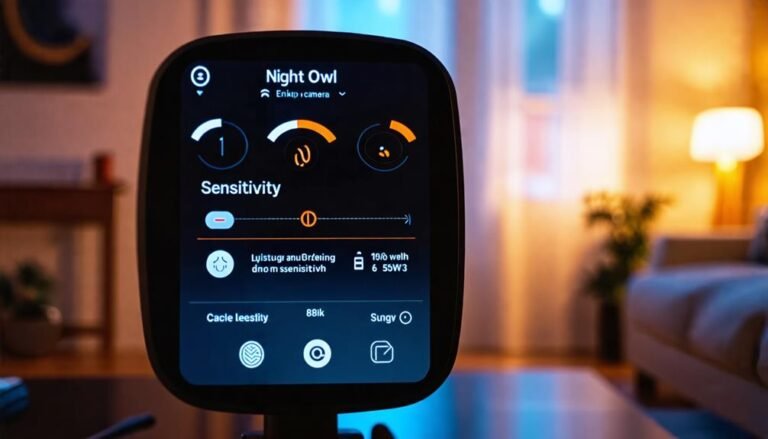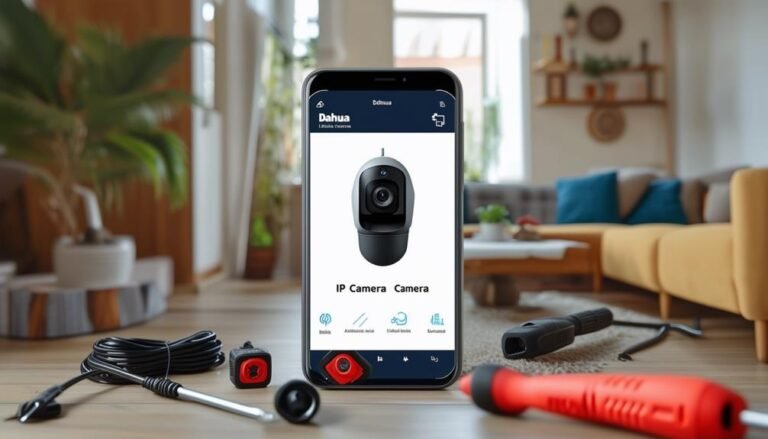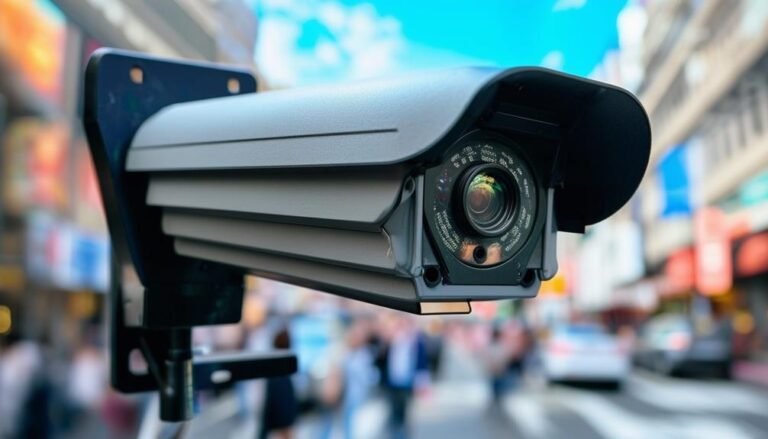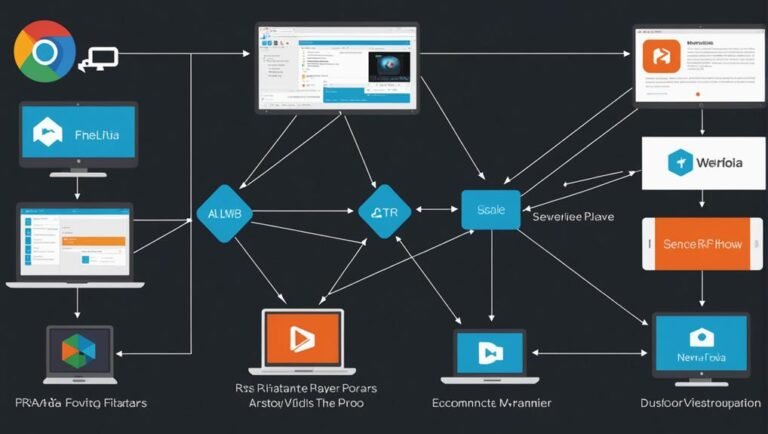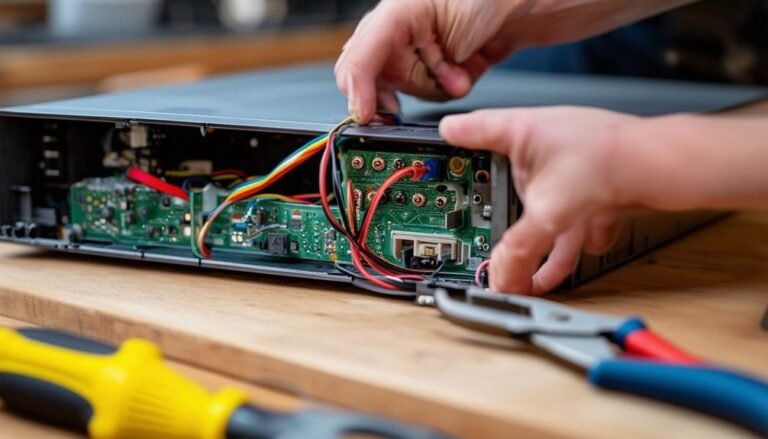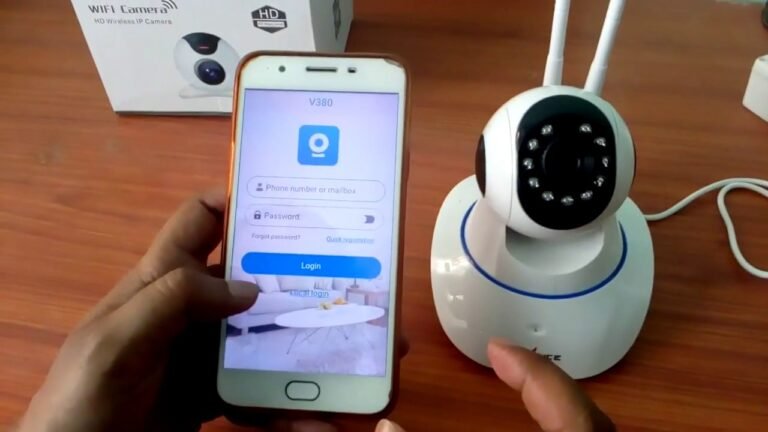Come configurare Dahua NVR
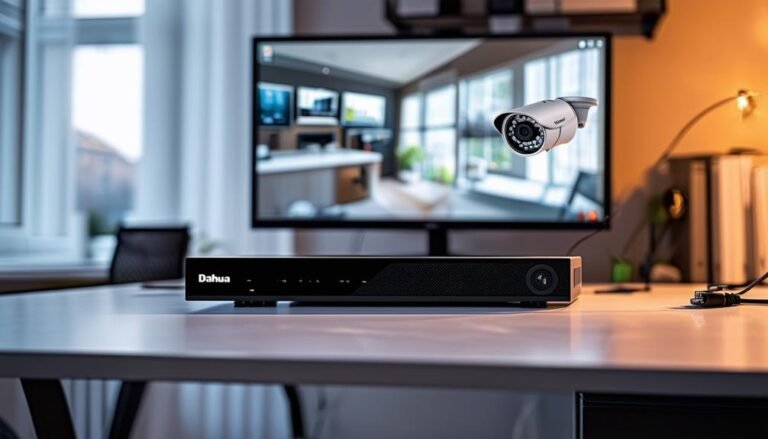
Per configurare il tuo NVR Dahua, inizia disimballando e organizzando i componenti. Collega l'NVR a una fonte di alimentazione e al monitor tramite HDMI o VGA. Verifica che sia collegato alla rete tramite cavo Ethernet o Wi-Fi. Accensione…
